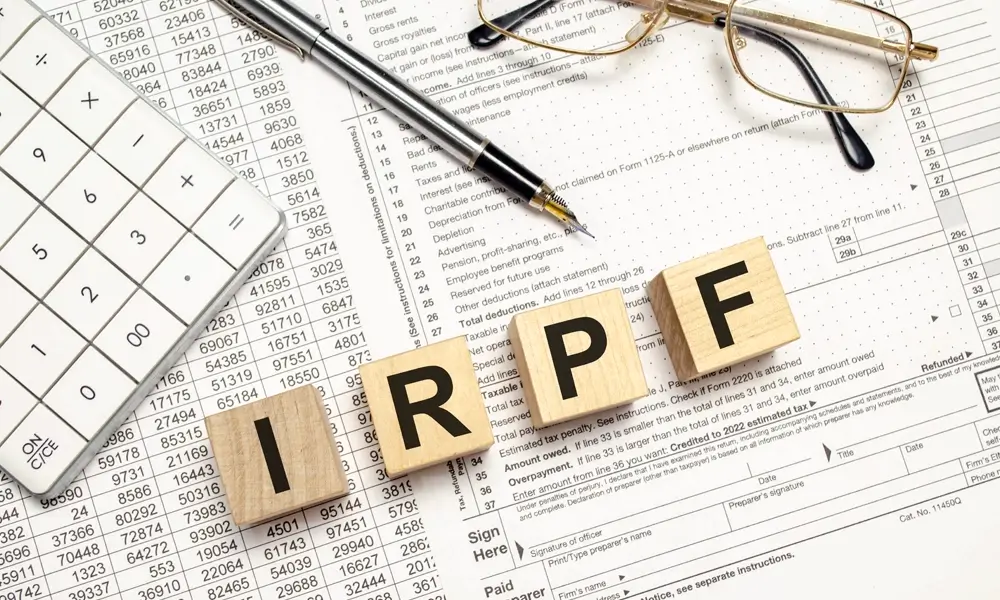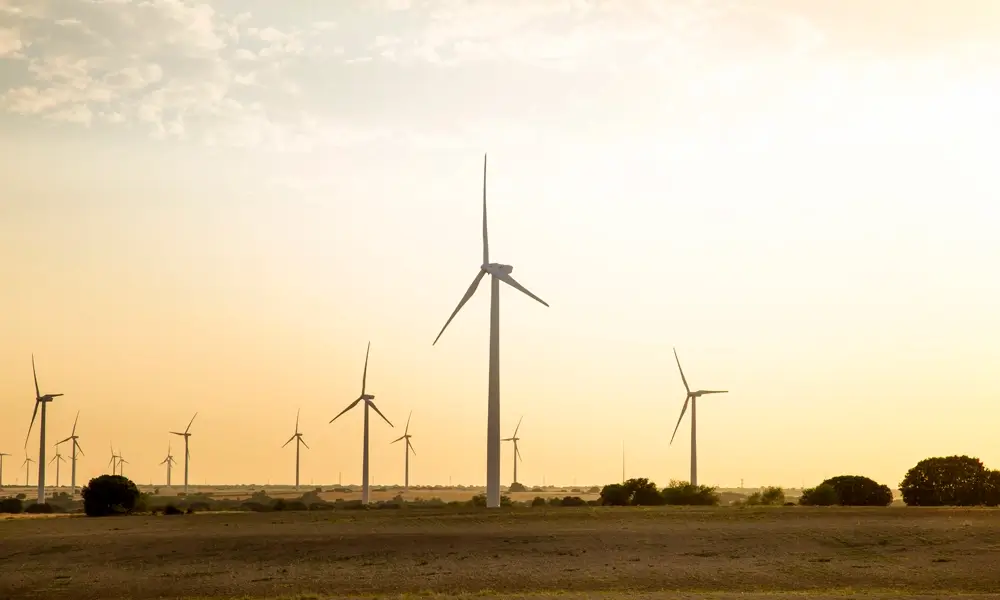Artificial intelligence (AI) has transformed many sectors of the economy, with a direct impact on the electricity sector. Faced with the growth in demand for energy and the need for more sustainable and efficient networks, the use of advanced algorithms and automation is now essential to optimize energy distribution and consumption.

How exactly is artificial intelligence changing this industry? In this text, we show practical applications and benefits, from forecasts that use historical data to systems that adjust generation and distribution in real time. To learn how process automation complements these initiatives, see the content Automating Processes with RPA.
Optimizing Energy Distribution and Consumption
Artificial intelligence plays a decisive role in predicting consumption patterns and in adjusting generation and distribution. Predictive models based on artificial intelligence and analysis algorithms combine historical consumption data, real-time measurements, weather variables, and special events to anticipate peaks in demand with greater accuracy. This data integration reduces waste, improves operational efficiency, and allows for more balanced network management.
Practical example: a predictive model can reduce the gap between forecast and demand by up to X% when fed by data from sensors, smart meters, and operational history (it is suggested to reference a study or local case). In addition to the gain in forecasting, these algorithms allow real-time responses, such as automatic plant adjustment and load reprogramming, making the system more resilient and economical.
Predictive Maintenance for Failure Reduction
Predictive maintenance is a strategic application of artificial intelligence that anticipates problems before they become critical failures. Sensors distributed over the network and in the equipment collect electrical signals, vibration, temperature, and other variables; these data feed algorithms capable of identifying degradation patterns and early signs of faults with high precision.
Use case: thermal image analysis of transformers combined with automatic detection models allows identifying hot spots and prioritizing interventions, increasing equipment lifespan and reducing costs with unplanned shutdowns. While AI models detect anomalies, automation solutions operate work orders and administrative flows, see more at Automating Processes with RPA.
Successful projects adapt data pipelines, real-time monitoring dashboards, and automated response routines, resulting in a lower risk of blackouts, increased operational safety, and significant reduction in maintenance costs.
Smart Grids
Smart Grids represent an evolution of the electrical distribution system, supported by artificial intelligence. These networks combine distributed sensors, real-time communication, and automation to monitor and adjust the operation of the electrical grid dynamically. In practice, data collected by sensors feed control systems (such as SCADA and EMS) and analytical models that indicate corrective or preventive actions in minutes or seconds, improving stability and efficiency.
Real-time management makes it possible, for example, to balance loads between power plants, to redistribute generation sources when there is a variation in the supply of renewable sources, and to coordinate response to peaks in demand. With proper integration, Smart Grids facilitate the efficient use of energy generated by sources such as solar and wind, reducing waste and increasing system resilience.
Implementation requires robust data architecture, integration between legacy systems and new analysis modules, and operational dashboards that translate algorithms into actions.
Energy Economy and Efficiency for Consumers
Artificial intelligence also provides direct benefits for consumers, helping to reduce consumption and electricity costs. Platforms that use algorithms to analyze individual consumption data offer personalized recommendations, indicating when to reduce loads, adjust schedules of use, or optimize equipment for lower energy consumption.
In practice, connected devices such as smart thermostats and digital meters automatically adjust usage according to occupancy patterns and environmental conditions, promoting savings without loss of comfort. Market studies indicate significant consumption reductions when these solutions are combined with efficiency programs, so it is worth considering controlled pilots to measure real gains per customer.
In addition to the benefit in residential and commercial consumption, the integration between AI and process automation optimizes administrative operations, for example in managing invoices and responding to customer requests; to understand how this works, consult the content Automating processes with RPA.
Optimized Renewable Energy Integration
The transition to a more sustainable energy matrix depends on accurate forecasts and controls. Artificial intelligence improves the prediction of generation from renewable sources by analyzing meteorological data, wind speed, solar irradiation, and plant operational histories. With more reliable forecasting models, operators are able to adjust the generation and allocation of resources, reducing the misalignment between forecast and actual generation.
In practical terms, this means that solar and wind power plants can be integrated into the grid with less loss: algorithms assess the availability of resources and indicate adjustments in the operation of the plants or in the dispatch of reserves. Continuous data analysis makes it possible to optimize generation and minimize waste, strengthening system stability and improving the efficiency of the set of sources.
To go deeper, case studies demonstrate gains when combining generation forecasting with management Real Time, and Whitepapers technicians help quantify benefits in expanding power plants.
Strategic Partnerships for Technological Development
In recent years, initiatives have emerged that bring together technology companies and agents from the energy sector to accelerate innovation. Consortiums such as Open Power AI Consortium bring together global actors with the objective of developing artificial intelligence models applied to the electricity sector, focusing on algorithms that improve network efficiency, optimize asset performance and reduce operating costs.
These partnerships promote advances in technology by combining large volumes of operational data with processing capacity and advanced analytical models. Collaboration facilitates the adaptation of global solutions to the local context, for example by adjusting prediction algorithms to the reality of power plants and distribution systems in each region.
At the regional level, public-private partnerships and pilot projects demonstrate how the integration between innovation, data, and domain knowledge reduces risks and accelerates adoption.
Pathway to a Sustainable Future
The application of artificial intelligence to the electricity sector has proven to be decisive in making systems more efficient, safe and sustainable. From demand forecasting to distribution automation, algorithms and data analysis make it possible to optimize energy generation and use, reduce waste and extend the useful life of equipment. With management guided by data and responses in real time, networks and plants start to operate in a more coordinated manner, reducing operating costs and the risk of failures.
To move forward consistently, we recommend three practical steps: assess the maturity of data and sensors, start a pilot project with clear measurement of KPIs and integrate predictive models with control and distribution systems. These steps help transform proofs of concept into real gains in operational efficiency, cost reduction, and greater electrical system resilience.
Successful deployment depends on the right combination of technology, processes, and industry knowledge. Projects that combine forecasting algorithms, predictive maintenance, and automation reduce incident response time and increase accuracy in operational decisions. In addition, the integration of renewable sources at scale, supported by generation forecasts and resource management, contributes to a cleaner and more reliable energy mix.
Also learn how to automate administrative and operational tasks in: Automating processes with RPA.
The TATICCA Allinial Global Brazil team is always up to date with the latest information and news about the electricity sector. The content is curated by our specialists, considering the importance of the topic for the market, access our exclusive page and follow up.





